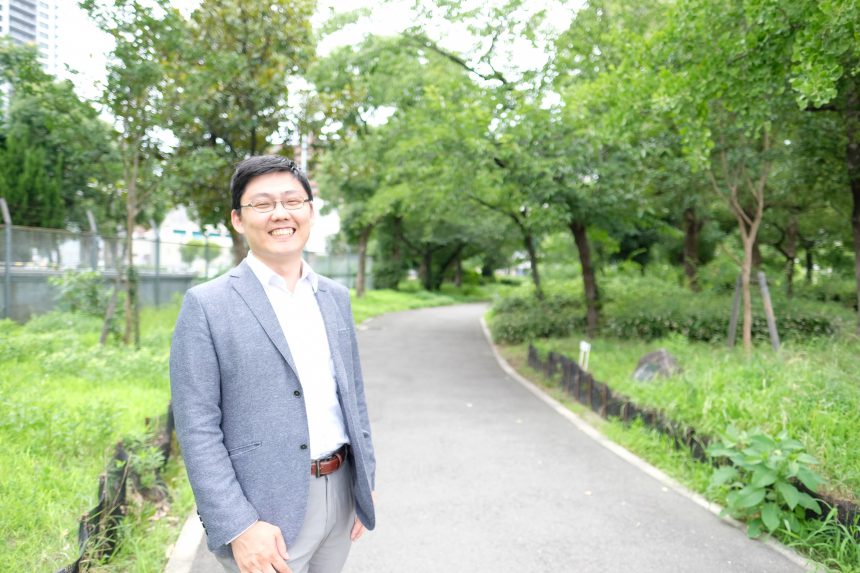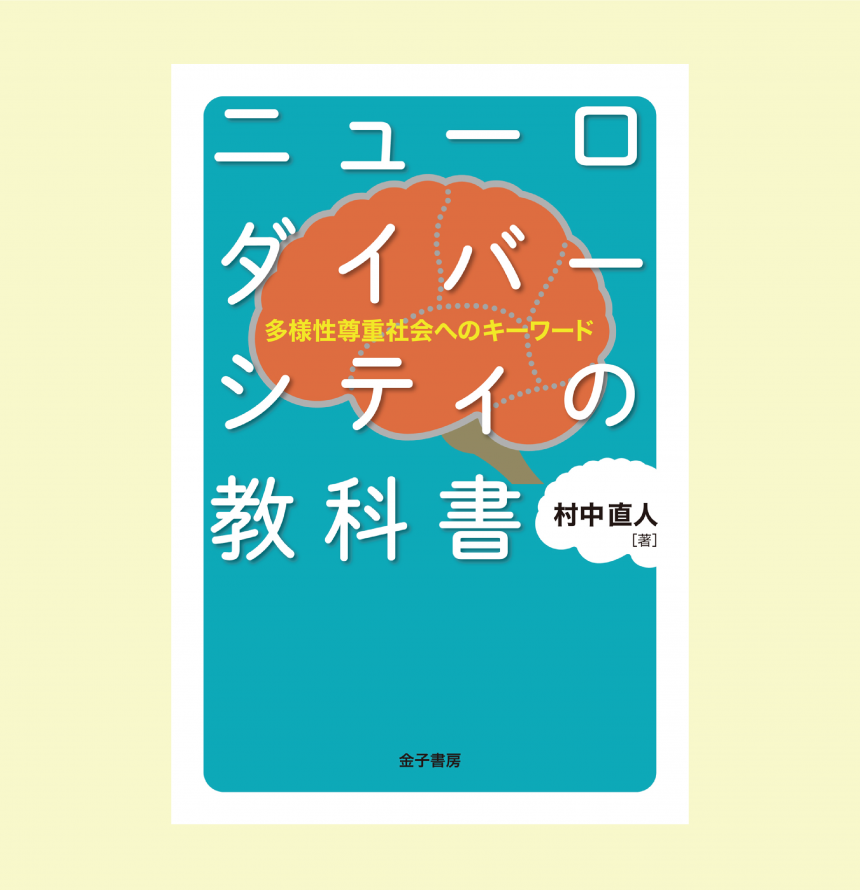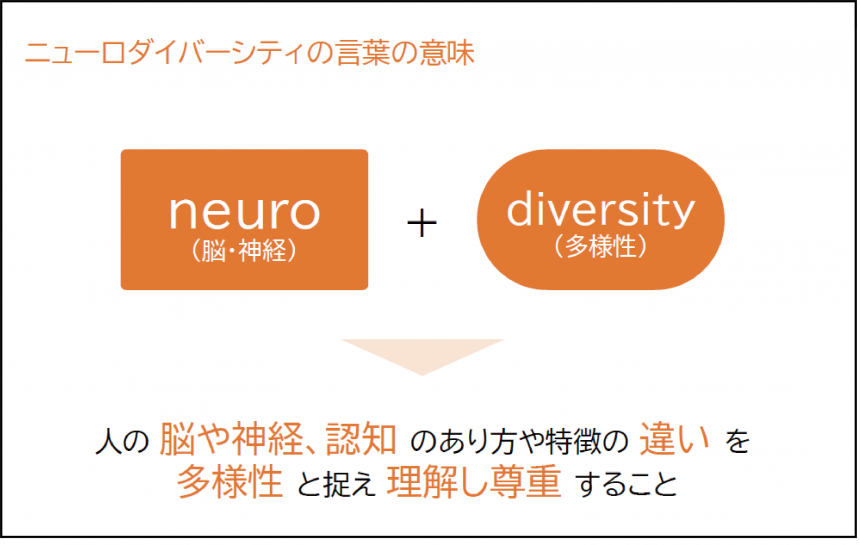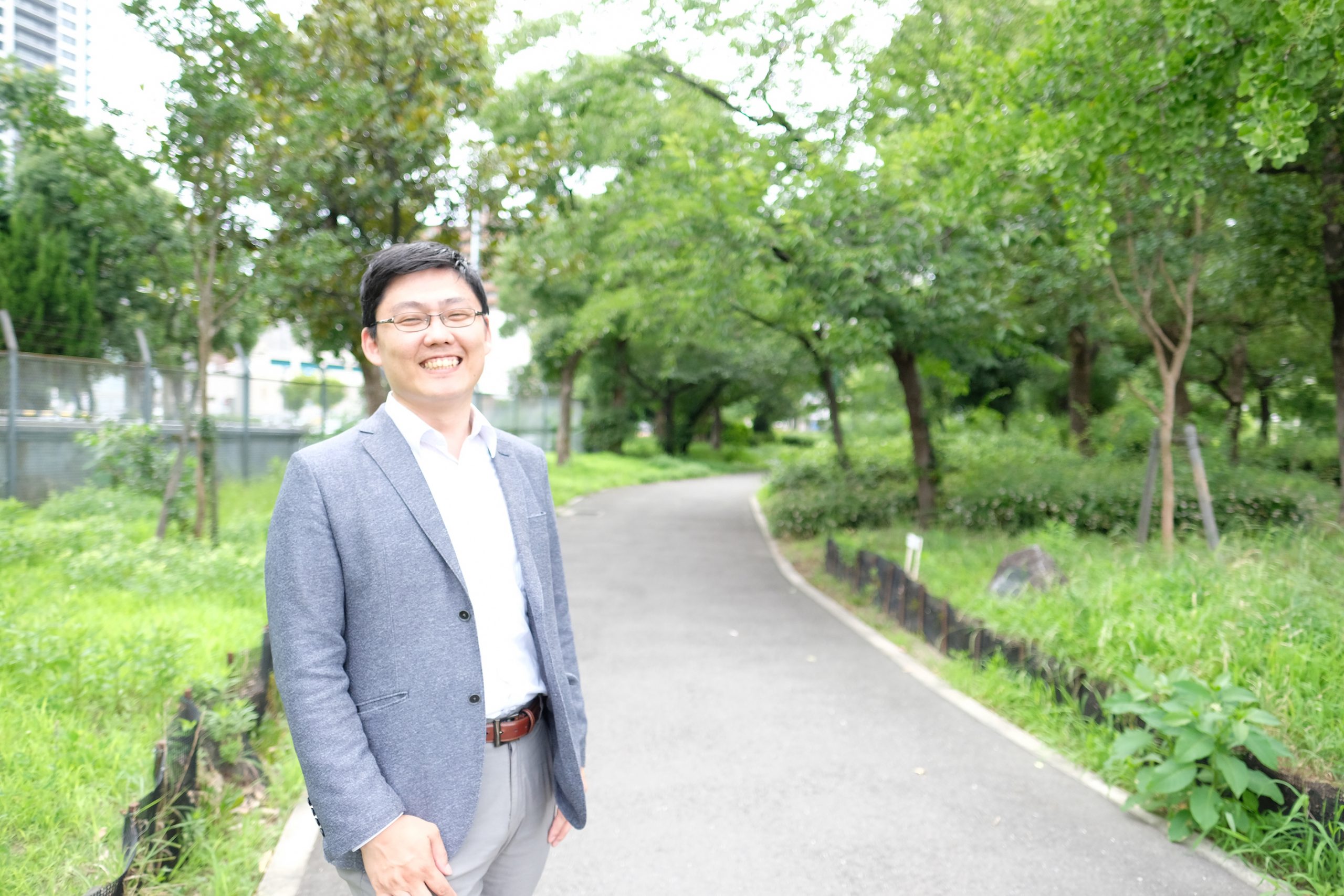
Representative Director of the Child and Youth Development Support Association
Dr. Naoto Muranaka (clinical psychologist)
The teaching materials introduced in this article can be downloaded and used. After completing a simple registration using the download form below, you will be taken to the download page. (Once you register, your input will be saved for future use.) For a detailed explanation of the teaching materials,HereYou can check it out at.
Q1. What kind of work do you do?
I run and teach at a school for supporters of developmental disabilities called "Developmental Disability Supporter's School." I'm also involved in a project to provide learning support to children with developmental disabilities, but I feel there is a shortage of supporters. I want to contribute to society by training as many supporters as possible who have knowledge and understanding of developmental disabilities.
Q2. Last year, you published "Neurodiversity Textbook." What was your motivation for writing this book?

Author: Naoto Muranaka / Publisher: Kaneko Shobo / Published in 2020
While learning various information about support for people with developmental disabilities, I came across the concept of "neurodiversity."
"Neurodiversity" is a new concept that emerged about 20 years ago, but it contains the message that "each individual has different brain and neural characteristics and features, and we should create a society where we can mutually respect and utilize those characteristics and features." The concept was originally proposed by people on the autism spectrum, but I understand that what it means applies to everyone, not just those with developmental disorders.
The reason I published this book was because the term "neurodiversity" was not well known in Japan, and there were no books that explained it in an easy-to-understand way. I think the term itself is more widely used overseas than in Japan, but I get the impression that it is mainly used in relation to employment support for people with developmental disabilities. Rather than following the example of other countries, I would like to spread the term in Japan as a "concept that applies to everyone."
I also have a desire to popularize the concept of this Japanese version of "neurodiversity," so I have taken over the "Saposuku Seminar" that I started two years ago and am now running a seminar called "Neurodiversity Seminar" is held, and many people from various fields, including education, medicine, psychology, and business, are interested in participating, with supporters as the main participants.

"BIZ UDP Gothic" is used
Q3. When did the font switch turn on?
Until then, I hadn't paid any attention to fonts, but after meeting with Morisawa and hearing about UD fonts, I felt like a switch had been turned on. I started paying more attention to fonts for children's teaching materials and presentation slides, and I began to use UD fonts more actively.
I myself can sense the ease of reading. I am extremely auditory-oriented and not very sensitive to visual information, but strangely enough, once the switch was "ON," I instantly noticed the UD fonts I use every day in my daily life. Also, when I look at printed materials or slides in the world, I find myself thinking, "Wow, that's hard to read!" and it makes me realize that I hadn't even noticed the "difficulty of reading" until now. I think that when we take what is given to us for granted, we unconsciously spend energy, time, and effort to read it, but once we experience the ease of reading that comes from a font, we start to feel that it is difficult to read and dislike things that are difficult to read.
Q4. What Morisawa UD fonts do you use most often and in what situations do you use them?
The COVID-19 pandemic has led to a sudden increase in opportunities to speak while showing text on an online screen rather than on paper. Even at the same size, different fonts can make different impressions and make the font selection more important. I often give presentations on learning for adults, so I often use "BIZ UDP Gothic" for my slides, as it is eye-catching, large, and has a clean impression.
Q5. This time, you supervised the sound for teaching materials to help children learn hiragana. What were your thoughts when working on this project?
While there should be a variety of ways to learn characters, we had an issue with relying too much on just a few of them. The "write it over and over again to memorize it" method seems to be the norm in many educational settings. This is partly because it makes it easier to visualize the amount of effort required. However, for children with cognitive characteristics or difficulty with writing who fall through the cracks, a different method may be better. When we received your consultation this time, we thought we could be a tool to suggest other methods, so we offered to help.
There are two types of teaching materials: "Vocaloid" and "Clarinet" based.
Vocaloid is like a picture song, showing the order in which to write the letter "a," for example, "Yo~ko, tate, diagonal spiral ♪," and I think it will be a great way to teach children who are sensitive to sounds and good at learning things in order. The Vocaloid voice is cute, charming, and easy to relate to.In the "clarinet," the pitch of the sound represents space, with horizontal lines remaining constant and vertical lines varying in pitch. Because the position of the letters is indicated by sound, it can be used to help children who are not good at memorizing by writing but who are good at taking in information through visual images. It allows children to imagine the letters using the multiple senses of their eyes and ears, and is well suited to learning hiragana, which has many curves.
I think both of these have become very good teaching materials, but as a premise, I believe that the acoustics part is not necessary for all children. Providing them as a tool like this is good because it allows you to easily try them out to see if they suit a child, but I would like teachers and parents who use these materials to think of them as one way of doing things, rather than as being suitable for all children.
In other words, by introducing this method to the children in your class, you can help them realize that there are many different learning options, and it may be possible to find a learning method that suits them better, not just for children who are not good at "writing and memorizing repeatedly."
The fact that it is one of the options means that the same can be said for fonts; just as each person's senses and characteristics are different, there is no perfect font or learning material that suits everyone; there are many different fonts and learning methods, and it is important to be able to choose the font and learning method that suits you. As one of those options, I would be happy if you would try out this material for fun in class or while playing at home.

The teaching materials used during the interview can be downloaded from the "Download Materials Form" at the beginning.
In addition to materials that teach you the stroke order of hiragana, we also have a variety of other materials available to support your hiragana learning.HerePlease refer to.
Q6. What would you like to challenge yourself with or what are you interested in?
The idea of "neurodiversity" that I mentioned earlier can be applied in a variety of situations, so I would like to make it known to more people and increase the number of people who practice it. Depending on the characteristics of a person's brain and nerves, there should be ways of learning, working, and every aspect of life that transcend the framework of disability and suit each individual. I would like to put "neurodiversity" into practice not just for neurominorities, but for everyone, from Japan, with the theme of understanding each individual more carefully and creating a society where we respect and utilize each other.
Q7. What are your expectations for Morisawa's UD fonts in the future?
I think it would be great if people became more conscious of making their own choices, even when it comes to fonts, and it became commonplace for everyone to be able to choose freely. Personally, I would like to see a system where anyone can choose their own fonts on their computer, tablet, or mobile phone.
If such a system were to be created, it would be easy to turn on everyone's font switch!
Through UD fonts, we would like to work hard to spread awareness of the importance of choosing fonts that suit each child's learning needs, in line with the idea of "neurodiversity."
Thank you, Professor Muranaka, for your cooperation in the interview and supervising the hiragana teaching materials.
The "UD Digital Textbook Font" and "Stroke Order Font" used in this teaching material can be used with the MORISAWA BIZ+ service (55 UD fonts available for 330 yen per month). https://www.morisawa.co.jp/products/fonts/bizplus/lineup/
Please also refer to the video below when creating new teaching materials.

